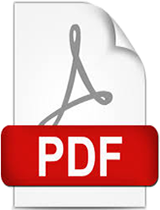
Book (series)
Demand for products of irrigated agriculture in sub-Saharan Africa
Attachments [ 0 ]
More Details
If irrigated production is to make a significant contribution to food security and economic growth in sub-Saharan Africa (SSA), it will have to be re-structured across the region as a whole. This is the main conclusion of a study undertaken by FAO to analyse the drivers of demand for irrigated production in SSA. Steeply rising commercial food import bills for staple crops across SSA are indicative of the level of demand that is not being met from domestic production. The increase in area und er equipped/spate irrigation for the whole of Africa over the last ten years amounts to 1.27 million ha, which is equal to about 127 000 ha per year. This rate of growth has proved too low to have an impact on food import bills and buffer regional food security. However, within subregional trading groups there is scope for consolidation of market supply. Some key conclusions emerge: first, matching the structure of the irrigated subsector to the structure of demand is essential; second, it w ill be necessary to realize the value of the existing asset base where supply chains, storage and processing can be concentrated to address specific, well identified markets; third, prior to new public expenditure or the encouragement of private investment, the full implications of price impacts must be taken into account; and, finally, the costs of supplying into specific crop markets will need to be assessed. With these provisions in mind and the political and institutional constraints not withstanding, irrigated production opportunities in SSA could be realized where natural resources and markets coincide, but only through a great deal more attention to costs of production, price formation, effective water allocation mechanisms, economically efficient water use and strong, responsive institutions.
Comments
(Leave your comments here about this item.)